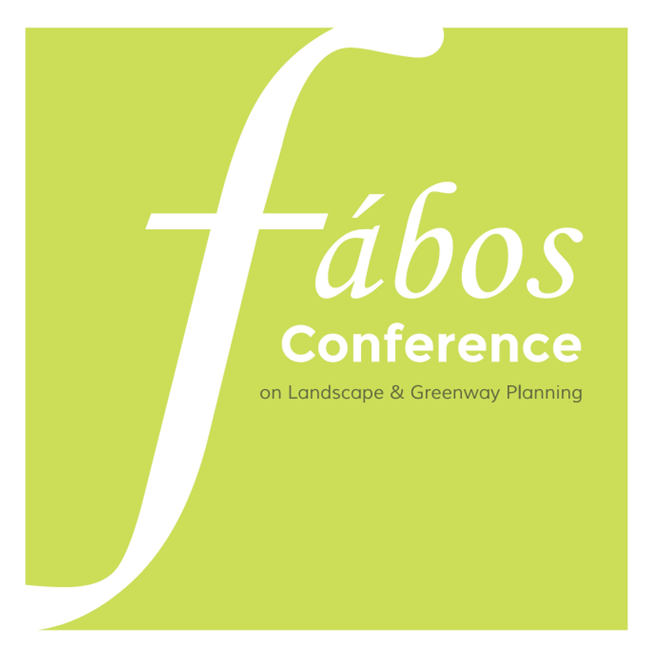Tree Protection for Transit Corridor Development
Abstract
Urban forests are an integral part of many communities, providing a wide variety of benefits, including reducing air pollution, mitigating stormwater run-off, reducing building energy use, and increasing property values.
Complete Streets is a program that addresses the planning, design, construction, and use of roadways, with the intent toimprove both the safety of vulnerable users such as cyclists and pedestrians, and connections across metropolitan areas to serve all communities. Building a “complete street” involves redevelopment of the roadway to accommodate changing traffic patterns and adding pedestrian facilities and bike lanes. To effect these changes, roadways may be widened, resurfaced, or otherwise altered in ways that adversely impact trees. In Massachusetts, the Department of Transportation (MassDOT) works with municipalities to implement Complete Streets projects.
Roadway construction can damage tree roots and compact soil unless proper precautions are taken. Precautions include determining critical root zones (CRZs) and establishing (and enforcing) tree protection zones (TPZs). Our objective was to review and revise MassDOT’s tree preservation guidelines to minimize adverse tree impacts during Complete Streets projects. To accomplish this, we reviewed the literature, assembled a panel of cross-disciplinary experts, and conducted a national survey of industry professionals.
Fifty respondents to the survey represented 18 states; most respondents were from California, Massachusetts, New York, and Florida. Respondents included arborists, urban foresters, landscape architects, and civil engineers. A majority of respondents used tree protection guidance, mostly from the International Society of Arboriculture or local guidelines and ordinances. Effective methods to improve tree success included soil remediation and aeration after construction. Half of respondents reported that their definition of a CRZ was site dependent. Effective methods to ensure on-site awareness about TPZs included signage, meetings, and memos. A majority of respondents conducted site visits to enforce TPZs.
Survey results aligned with the literature review and discussions with the expert panel in several instances. Most important was the mandate that trees are considered early in the project—preferably in the planning phase. Secondly, despite the variable nature of projects—because they often depend on local jurisdictions—it is essential that a credentialed arborist or urban forester conduct a tree inventory before the design phase so that the entire project team can be aware of existing trees to be preserved and protected. Lastly, explaining why TPZs are necessary throughout the project process (planning, design, construction, post-construction phases) increases the likelihood of their success.
How to Cite:
Kane, B. & Mahoney, D. T., (2025) “Tree Protection for Transit Corridor Development”, Fábos Conference on Landscape and Greenway Planning 8(1). doi: https://doi.org/10.7275/fabos.2740
167 Views
98 Downloads
